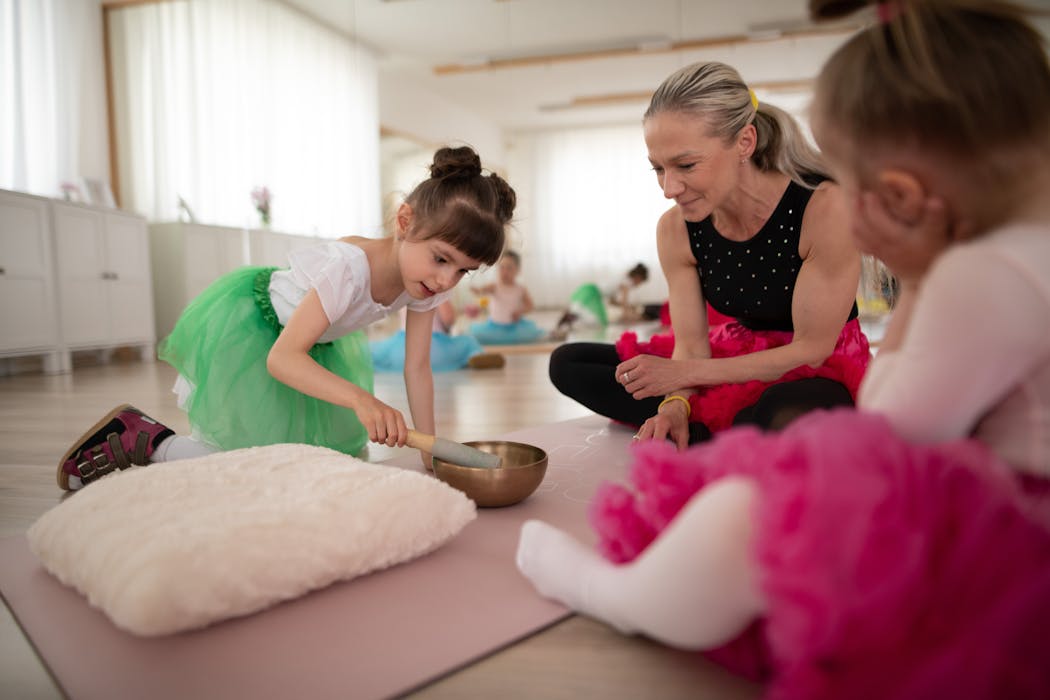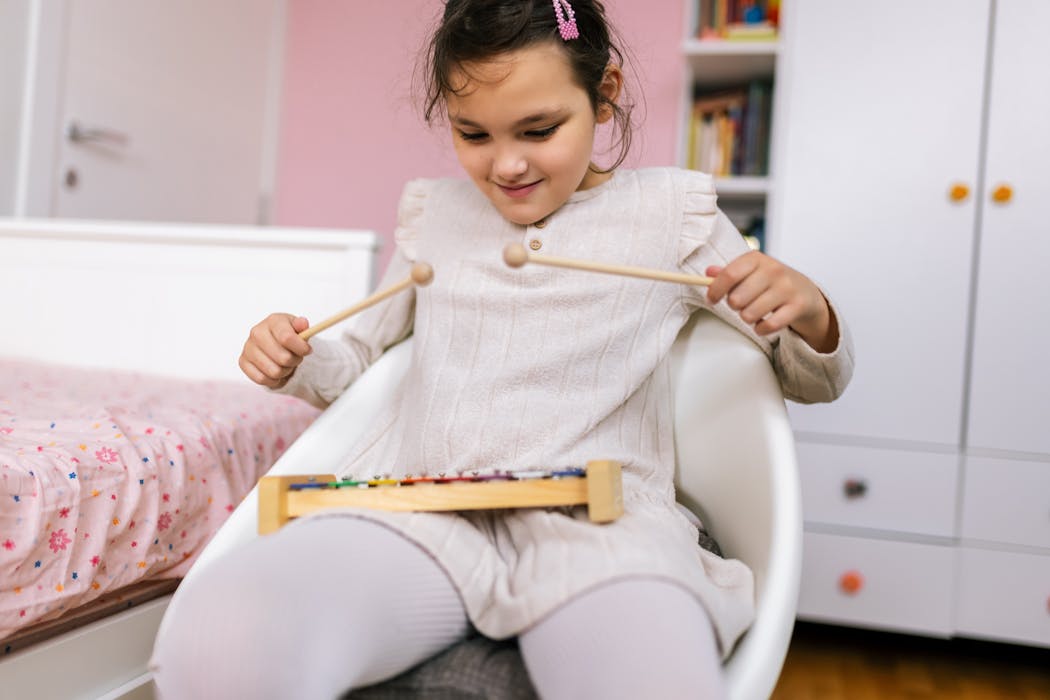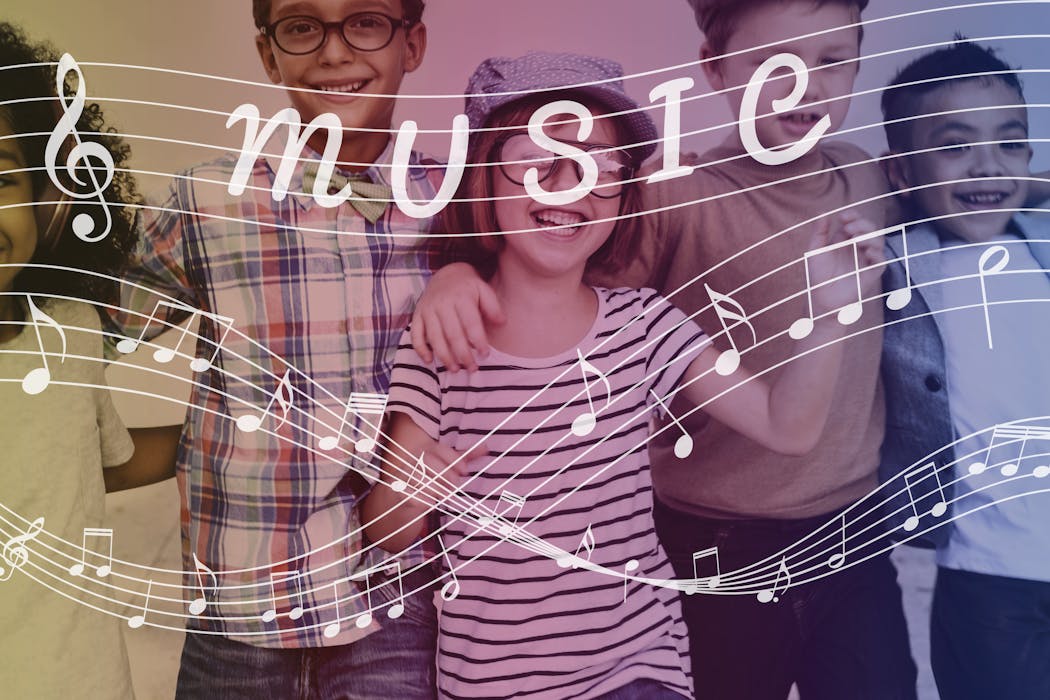Introduction: Understanding the Role of Arts Therapy in Supporting Children with Disabilities
Arts therapy is a form of therapy that utilizes various art forms, such as painting, drawing, music, and dance, to help individuals express themselves and explore their emotions. It is particularly beneficial for children with disabilities, as it provides them with a non-verbal means of communication and allows them to engage in creative activities that can enhance their overall well-being.
Arts therapy is essential for children with disabilities because it allows them to express themselves in ways that may be challenging through traditional forms of communication. Many children with disabilities struggle with verbal communication, and art therapy provides them with an alternative means of self-expression. Through art, they can communicate their thoughts, feelings, and experiences, allowing them to be heard and understood.
The benefits of arts therapy for children with disabilities are numerous. It can help improve their self-esteem, reduce stress and anxiety, enhance their motor skills, improve their communication abilities, foster social skills, address behavioral issues, and support their mental health. By engaging in creative activities, children with disabilities can develop a sense of accomplishment and pride, improve their physical abilities, and build meaningful connections with others.
The Power of Art: How Creativity Can Help Children with Disabilities Express Themselves
Art therapy harnesses the power of creativity to help children with disabilities express themselves. Art can be used as a form of communication, allowing children to express their thoughts, feelings, and experiences in a non-verbal way. Through art, children can communicate their emotions, experiences, and perspectives, even if they struggle with verbal communication.
Art therapy utilizes various techniques to help children with disabilities express themselves. For example, drawing and painting can be used to represent emotions and experiences visually. Music therapy can help children express themselves through sound and rhythm. Dance therapy can allow children to express themselves through movement. These techniques provide children with a safe and supportive environment to explore their emotions and communicate their inner world.
Case studies have shown the transformative power of art therapy for children with disabilities. For example, a child with autism who struggles with verbal communication may find it difficult to express their emotions and experiences. Through art therapy, they can use drawing or painting to represent their emotions visually, allowing them to communicate their inner world in a way that is meaningful to them. This can lead to a greater sense of self-awareness and self-expression, as well as improved emotional well-being.
Building Self-Esteem: How Arts Therapy Can Boost Confidence in Children with Disabilities
Art therapy has been shown to have a positive impact on self-esteem in children with disabilities. The creative process allows children to express themselves and engage in activities that they enjoy and excel at. This can boost their confidence and sense of self-worth, as they see the value in their own creations and abilities.
Art therapy provides children with disabilities with a safe and supportive environment to explore their creativity and develop their skills. Through art, they can experiment, make mistakes, and learn from them. This process of trial and error can help children build resilience and develop a growth mindset, which can have a positive impact on their self-esteem.
There are various art therapy activities that promote self-esteem in children with disabilities. For example, collaborative art projects can help children feel a sense of belonging and accomplishment as they work together to create something meaningful. Art exhibitions or showcases can provide children with a platform to showcase their work and receive recognition for their efforts. These activities can help children with disabilities develop a sense of pride and confidence in their abilities.
Reducing Stress and Anxiety: The Calming Effects of Art Therapy on Children with Disabilities
Art therapy has been shown to have a calming effect on children with disabilities, helping them manage stress and anxiety. Engaging in creative activities can provide a sense of relaxation and focus, allowing children to escape from their worries and find a sense of peace.
The calming effects of art therapy can be attributed to the science behind the creative process. When children engage in art, their brains release endorphins, which are natural chemicals that promote relaxation and reduce stress. This can help children with disabilities manage their anxiety and find a sense of calm.
There are various art therapy techniques that promote relaxation in children with disabilities. For example, guided imagery exercises can help children visualize peaceful and calming scenes, reducing their anxiety and promoting relaxation. Mandala coloring, a popular art therapy activity, can also have a calming effect on children, as it allows them to focus their attention and engage in a repetitive and soothing activity.
Enhancing Motor Skills: The Physical Benefits of Arts Therapy for Children with Disabilities
Art therapy can have significant physical benefits for children with disabilities, particularly in terms of improving their fine and gross motor skills. Engaging in art activities requires children to use their hands and fingers, which can help develop their fine motor skills. Additionally, activities such as painting or dancing can help improve their gross motor skills and coordination.
Art therapy activities that promote physical development include painting, drawing, sculpting, and dancing. These activities require children to use their hands, fingers, and bodies in various ways, which can help improve their motor skills and coordination. For example, painting with a brush can help children develop their hand-eye coordination and fine motor skills, while dancing can help improve their balance and gross motor skills.
Case studies have shown the positive impact of art therapy on motor skills in children with disabilities. For example, a child with cerebral palsy may struggle with fine motor skills, making it difficult for them to hold a pencil or manipulate objects. Through art therapy, they can engage in activities that target their specific motor skill needs, such as finger painting or clay sculpting. Over time, they can improve their motor skills and gain more control over their movements.
Improving Communication: How Arts Therapy Can Help Children with Disabilities Communicate More Effectively
Art therapy can play a crucial role in improving communication skills in children with disabilities. Many children with disabilities struggle with verbal communication, and art therapy provides them with an alternative means of self-expression. Through art, they can communicate their thoughts, feelings, and experiences, allowing them to be heard and understood.
Art therapy utilizes various techniques to promote communication in children with disabilities. For example, drawing or painting can be used to represent emotions and experiences visually, allowing children to communicate their inner world in a way that is meaningful to them. Music therapy can help children express themselves through sound and rhythm, while dance therapy can allow them to communicate through movement.
Case studies have shown the transformative power of art therapy in improving communication skills in children with disabilities. For example, a child with autism who struggles with verbal communication may find it difficult to express their emotions and experiences. Through art therapy, they can use drawing or painting to represent their emotions visually, allowing them to communicate their inner world in a way that is meaningful to them. This can lead to improved communication skills and a greater sense of connection with others.
Fostering Social Skills: The Importance of Group Art Activities for Children with Disabilities
Art therapy can play a crucial role in fostering social skills in children with disabilities. Many children with disabilities struggle with social interactions and may feel isolated or excluded. Art therapy provides them with a safe and supportive environment to engage in creative activities with others, fostering social connections and promoting socialization.
Group art activities can help children with disabilities develop social skills such as cooperation, communication, and empathy. For example, collaborative art projects require children to work together, share ideas, and compromise, promoting cooperation and teamwork. Art therapy groups also provide children with opportunities to practice their communication skills, as they engage in discussions and share their thoughts and feelings about their artwork.
Case studies have shown the positive impact of group art activities on social skills in children with disabilities. For example, a child with social anxiety may struggle to interact with others and may feel isolated. Through group art therapy, they can engage in creative activities with their peers, fostering social connections and promoting socialization. Over time, they may develop more confidence in their social abilities and feel a greater sense of belonging.
Addressing Behavioral Issues: How Arts Therapy Can Help Children with Disabilities Manage Challenging Behaviors
Art therapy can be an effective tool for helping children with disabilities manage challenging behaviors. Many children with disabilities may exhibit behaviors such as aggression, impulsivity, or withdrawal, which can be challenging to address through traditional forms of therapy. Art therapy provides them with a non-verbal means of expression and allows them to explore their emotions and experiences in a safe and supportive environment.
Art therapy utilizes various techniques to address behavioral issues in children with disabilities. For example, drawing or painting can be used as a form of emotional release, allowing children to express their frustrations or anger in a healthy and constructive way. Music therapy can help children regulate their emotions and manage their impulses, while dance therapy can provide an outlet for physical energy and promote self-control.
Case studies have shown the positive impact of art therapy on behavior in children with disabilities. For example, a child with ADHD may struggle with impulsivity and have difficulty controlling their behavior. Through art therapy, they can engage in activities that promote self-control and emotional regulation, such as painting or drumming. Over time, they may develop more effective coping strategies and improve their behavior.
Supporting Mental Health: The Role of Arts Therapy in Promoting Emotional Well-being in Children with Disabilities
Art therapy plays a crucial role in supporting the mental health of children with disabilities. Many children with disabilities may experience mental health challenges such as anxiety, depression, or low self-esteem. Art therapy provides them with a creative outlet to explore their emotions, process their experiences, and develop coping strategies.
Art therapy utilizes various techniques to promote mental health in children with disabilities. For example, drawing or painting can be used as a form of emotional release, allowing children to express their emotions and experiences in a safe and supportive environment. Music therapy can help children regulate their emotions and promote relaxation, while dance therapy can provide an outlet for self-expression and promote emotional well-being.
Case studies have shown the positive impact of art therapy on mental health in children with disabilities. For example, a child with depression may struggle with low mood and a lack of motivation. Through art therapy, they can engage in activities that promote self-expression and emotional release, such as painting or writing. Over time, they may experience an improvement in their mood and a greater sense of well-being.
Conclusion: The Future of Arts Therapy for Children with Disabilities and the Importance of Accessible Resources.
Arts therapy has the potential to continue to grow and evolve as a powerful tool for supporting children with disabilities. As more research is conducted and awareness is raised about the benefits of arts therapy, it is crucial to ensure that it is accessible to all children with disabilities.
To make arts therapy accessible to all children with disabilities, there is a need for more resources and funding to support arts therapy programs. This includes training and education for arts therapists, as well as the development of accessible and inclusive art therapy resources. Additionally, collaboration between arts therapists, educators, and healthcare professionals is essential to ensure that children with disabilities have access to the support they need.
In conclusion, arts therapy plays a vital role in supporting children with disabilities. It provides them with a means of self-expression, boosts their self-esteem, reduces stress and anxiety, enhances their motor skills, improves their communication abilities, fosters social skills, addresses behavioral issues, and supports their mental health. By harnessing the power of creativity, arts therapy can help children with disabilities thrive and reach their full potential.
Find out how Torongo Therapyplus can help you with your needs. Get in touch with us at smile@torongo.life, or call us on 02 8809 9965.































